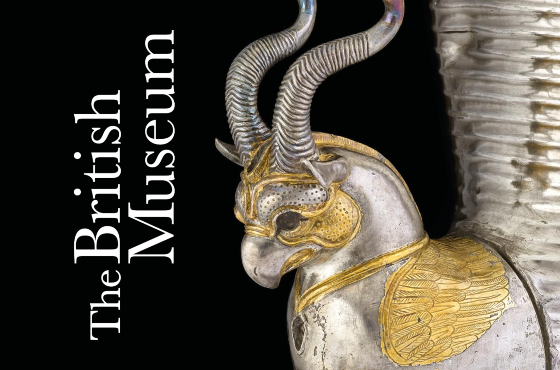Tech Bubble Bursting, 1920s Edition
Happened then, ready now...?
IN THE 1920s Radio Corporation of America (RCA) was the hottest stock in
the world, writes Jim
Rickards at The Daily
Reckoning.
Radio was cutting-edge tech, and RCA was dominant in
the sector. The company was the
largest manufacturer of radio sets and operated the largest broadcasting company, NBC. They owned key
patents and had attracted many
of the country's best engineers.
In 1921 RCA shares traded as low as $1.50
(split-adjusted). By 1929 RCA rose
to a peak of $549. A 352x return.
At its highs in 1929 RCA was trading at a P/E
of 72x. Speculation had
driven the price far beyond rational levels.
The bubble popped in 1929, and by
1932 RCA shares were trading
at $15. That's still a 10x return over 11 years, but the majority of investors had bought in at much
higher prices. The use of margin
borrowing was commonplace, and added fuel to the fire (sound familiar?).
Of
course, we also saw a similar
mania during the dot-com bubble. Cisco, Intel, and a few other tech leaders soared to unimaginable
heights, then crashed back down to
Earth.
You could say RCA was the Cisco of the Roaring '20s. And possibly the
Nvidia of its time.
Is DeepSeek the pin today?
China's new AI model DeepSeek R1 has
the potential to be the pin that
pricks the AI bubble. But it hasn't happened yet.
On Monday, Jan. 27, Nvidia
shares fell 17% after the market
had digested China's AI developments. Shares then rebounded by almost 9% before losing half that rally
on Wednesday.
I don't know if this Chinese AI model will be the catalyst that ends the AI mania. But the
bubble will inevitably
end.
The market is poised for a crash, it only requires the right catalyst.
Something frightening. A bank
run, financial crisis, war, or even an AI breakthrough from our primary competitor.
Whether this latest
Chinese AI model is that catalyst remains to be seen. But the 17% one-day drop in Nvidia shares does
demonstrate that this market is
easily spooked.
The rise of AI in America has severely concentrated market
risk. Even before the AI boom,
markets were already heavily tilted towards big tech.
Today it's far more
pronounced. Anyone investing in the
S&P 500 has more money in the Mag 7 stocks than they do in the bottom 400 companies put together.
These 7 big tech firms make up
about 34% of the entire S&P 500.
This is what happens during bubbles. A
handful of companies dominate the
market.
Make no mistake, these periods are driven by real advances. But they
inevitably get out of control.
It has happened with every major technological development. Railroads, internet, crypto, and now
AI.
Anyone
who has studied manias can clearly recognize the signs. Problem is, it's difficult to know exactly when
it will end. But judging by
the market's recent action, we're getting closer.
If you own almost any
American stock market index, you
likely have plenty of exposure to Nvidia, Microsoft, Google, Amazon and the rest of the Magnificent
7.
Now is
not a time to jump into these names as the tech sector remains vulnerable. I much prefer to buy areas
the rest of the market is
ignoring. Gold, silver, miners, oil and gas, residential real estate. Hard assets.
Despite all the hype
around this tech cycle, we are still entering a hazardous monetary period. The US and much of the world
have entered into debt spiral
territory. Once debt/GDP broaches 120%, as it did recently in the US, it almost always leads to a debt
or monetary crisis. Even in a
best case it leads to a prolonged period of slow growth, which is also poison for stocks.
AI is powerful, but
it cannot save us from mathematics. So if you don't have any, go buy some hard assets. The easiest place
to start is gold and silver.
I suggest that everyone should have 10% of their portfolio in these assets. They remain the ultimate
diversifiers.







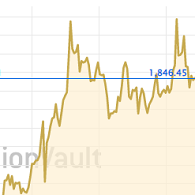
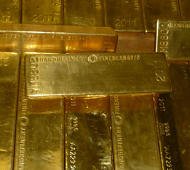
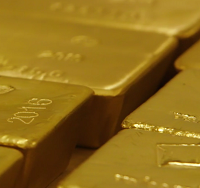
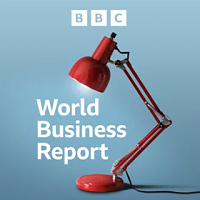
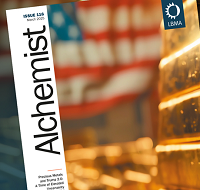
 Email
us
Email
us